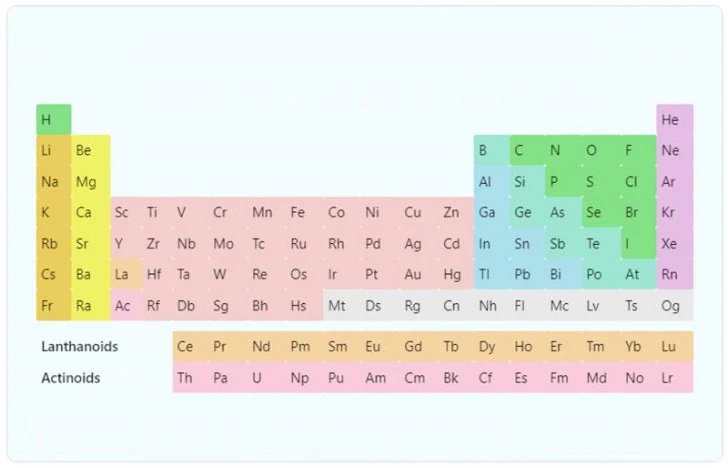Hello everyone today we are going to tell you the easiest ways to understand the periodic table. Dmitri Mendeleev introduced the periodic table in which he included 118 elements. These are metal and non-metals.
Metals are to the left of the periodic table while non-metals are to the right. There are so many elements that it becomes difficult to understand them in one go. So, see the full article for the better understanding of the Periodic table.
The periodic table is a fundamental tool in chemistry that organizes and presents information about the elements. While it may seem overwhelming at first glance, understanding the periodic table can be made easier by following a few key strategies.
Here’s a guide on how to understand the periodic table easily:
- Element Basics: Familiarize yourself with the basic components of an element’s tile on the table. Each tile displays the atomic number (number of protons), element symbol, and atomic mass.
- Atomic Structure: Learn the significance of the atomic number and mass. The atomic number determines an element’s identity, while the atomic mass represents the average mass of its isotopes.
- Grouping Patterns: Observe the vertical columns, or groups, on the periodic table. Elements within the same group share similar properties and exhibit recurring patterns.
- Periodic Trends: Understand the horizontal rows, or periods. Elements within the same period have the same number of electron shells.
- Blocks and Sublevels: Recognize the various blocks on the periodic table: s, p, d, and f. Each block represents a specific sublevel in an element’s electron configuration.
- Color Coding: Many periodic tables use color coding to group elements with similar properties. Pay attention to these color patterns as they can help you quickly identify and categorize elements.
- Utilize Resources: Make use of additional resources like textbooks, online tutorials, and interactive periodic table tools. These resources often provide detailed explanations, examples, and quizzes to solidify your understanding.
- Practice and Memorize: Regularly practice identifying elements, their symbols, and their properties. Quiz yourself and use flashcards to reinforce your knowledge. Over time, familiarity with the periodic table will become second nature.
Remember, mastering the periodic table takes time and practice. By following these strategies and remaining persistent, you can gain a solid understanding of this essential tool and unlock the wonders of chemistry.
